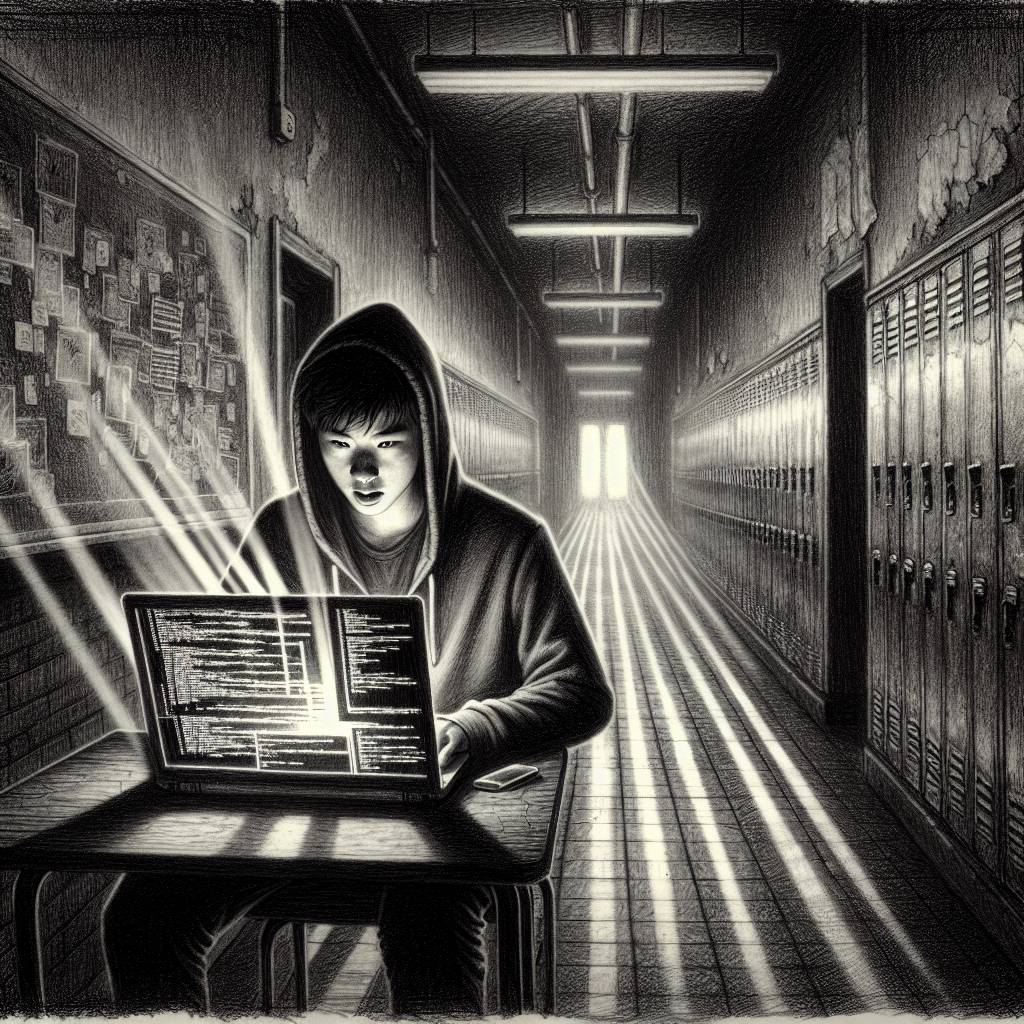School’s “Snitch Puck” Drama: Teen Hacker Exposes Halo 3C’s Eavesdropping Flaws! 🚨
Curious teen hacker Reynaldo Vasquez-Garcia discovered that the Halo 3C, a “smart” smoke and vape detector, could be hacked to become an audio eavesdropping tool. His findings raise concerns about the trustworthiness of internet-connected devices marketed for safety, cautioning against blindly trusting the so-called “snitch puck.”

Hot Take:
In a world where our smoke detectors might just be the biggest snitches on the block, Reynaldo Vasquez-Garcia, a teenage mastermind, and his sidekick Nyx have shown us that even our “smart” devices need a lesson in cybersecurity. With great power comes great responsibility—or just a really sneaky way to mess with your school’s vaping policy.
Key Points:
- Reynaldo Vasquez-Garcia, a teenager, discovered vulnerabilities in Halo 3C detectors—dubbed “snitch pucks.”
- Halo 3C sensors could be hacked to eavesdrop, issue fake alerts, or play audio.
- Motorola claims to have issued a firmware update to patch these vulnerabilities.
- The Halo 3C is marketed for use in schools and public housing, raising privacy concerns.
- The incident highlights the risks of trusting IoT devices without scrutiny.
Teenage Hacker Strikes Again!
Meet Reynaldo Vasquez-Garcia, the teenage hacker who turned his high school into a tech playground. While most students were busy figuring out math problems, Reynaldo was busy cracking into school networks. It wasn’t long before he stumbled upon the Halo 3C, a device that looked like a smoke detector but promised to do so much more. Imagine a smoke detector that not only sniffs out smoke but also listens for gunshots, aggression, and the latest in vaping trends. Talk about being a nosy neighbor!
Snitch Puck Shenanigans
The Halo 3C, or as Reynaldo and his partner-in-crime Nyx like to call it, the “snitch puck,” was no match for their hacking skills. By exploiting a few simple vulnerabilities, they transformed the device into a real-time audio bug, sending fake alerts for kicks, or even playing their own DJ set right through the device’s speaker. Imagine the chaos of a smoke detector suddenly playing Taylor Swift’s latest hit!
Patch It Up, Motorola!
Motorola, the proud parent of this technological tattletale, quickly whipped up a firmware update to plug the security holes. But the hackers argue that the real issue isn’t just about patching vulnerabilities. It’s about the fact that these devices, with their hidden microphones, are popping up everywhere from schools to public housing. Sure, you can patch the software, but can you patch the trust issues?
A Mic Drop in Every Home
The Halo 3C isn’t just hanging out in schools; it’s making itself at home in public housing too. While it promises to “protect” residents and enforce no-smoking rules, it’s also a potential eavesdropping tool. Residents might not be too thrilled about the idea of their living room conversation being overheard by a device that’s supposed to be watching out for their safety. It’s like inviting a nosy aunt to live with you and then realizing she has a megaphone.
IoT: Internet of Trust Issues
As more and more devices fill our homes and schools, Vasquez-Garcia’s findings serve as a wake-up call. We can’t just blindly trust every “smart” gadget that claims to make our lives safer. The more microphones and internet connections we cram into everyday items, the more we risk turning our lives into an episode of Big Brother. Remember, just because a device says “not recording” doesn’t mean it’s not listening. Trust, but verify—or maybe just stick to old-school smoke detectors for now.
